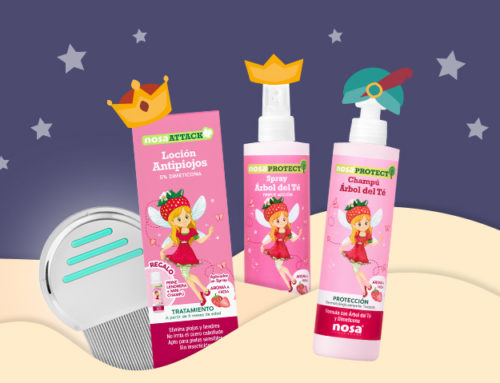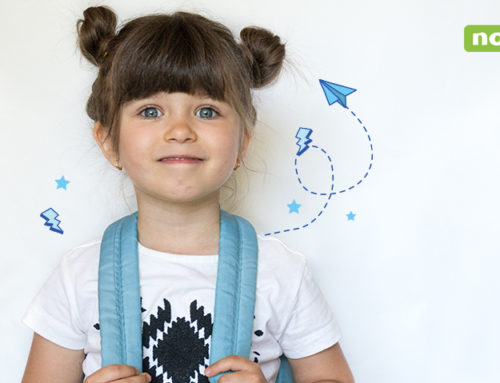We tell you how to detect head lice correctly and quickly.
The good weather is here, and with it we welcome long walks in the park, running on the beach, afternoons on the terrace, improvised after-dinner meals and delicious ice cream... But with the good weather also comes... Lice! Sometimes they are difficult to detect due to their size.
They are highly contagious and the heads of our little ones are often a source of transmission. For this reason, we recommend that from time to time, an examination is carried out and preventive measures are taken to avoid this annoying insect nesting in our children's heads.
You can check and explore your child's head in an easy and effective way. We explain how to do it.
Symptoms your child may have:
- Tingling of the scalp.
- Itching especially in the nape of the neck and behind the ears.
- Sleeping problems. During the night, lice are more active.
- Irritability.
If your child has any of these symptoms, it's time for a good examination. We recommend getting in a well-lit place and start checking the hair.
Review:
- With dry hair, separate hair into sections.
- Look thoroughly area by area. Remember that lice shun light and can be hard to find. However, nits, the lice eggs, are attached to the hair and are easier to see. If you find one and are unsure whether it is a scalp louse or a nit, make sure it does not come off easily - nits stick to the hair.
- You may find live nits or empty shells. Live nits are usually very close to the scalp.
If you don't find anything, but you still suspect that there may be lice, we recommend that you do the check with wet hair using a lendrera. This special comb has the teeth much closer together than a normal comb. It is a great tool for finding live lice.
- With wet hair, separate the hair into sections as well. You can apply a conditioner to help the comb glide through the hair.
- With the nit comb, comb in zones. If your child has lice, they will get caught in the comb. A trick to better detect lice in the comb is to use a piece of coloured paper. Place it under the comb, after passing it through the hair, and tap on the paper. If you see something fall out, make sure it is a louse or a nit.
And remember, if the kids have head lice, you might have head lice too. In fact, the best cure is prevention, so we don't want you to miss out. our Nosa Protect product range.







Leave A Comment
You must be logged in to post a comment.